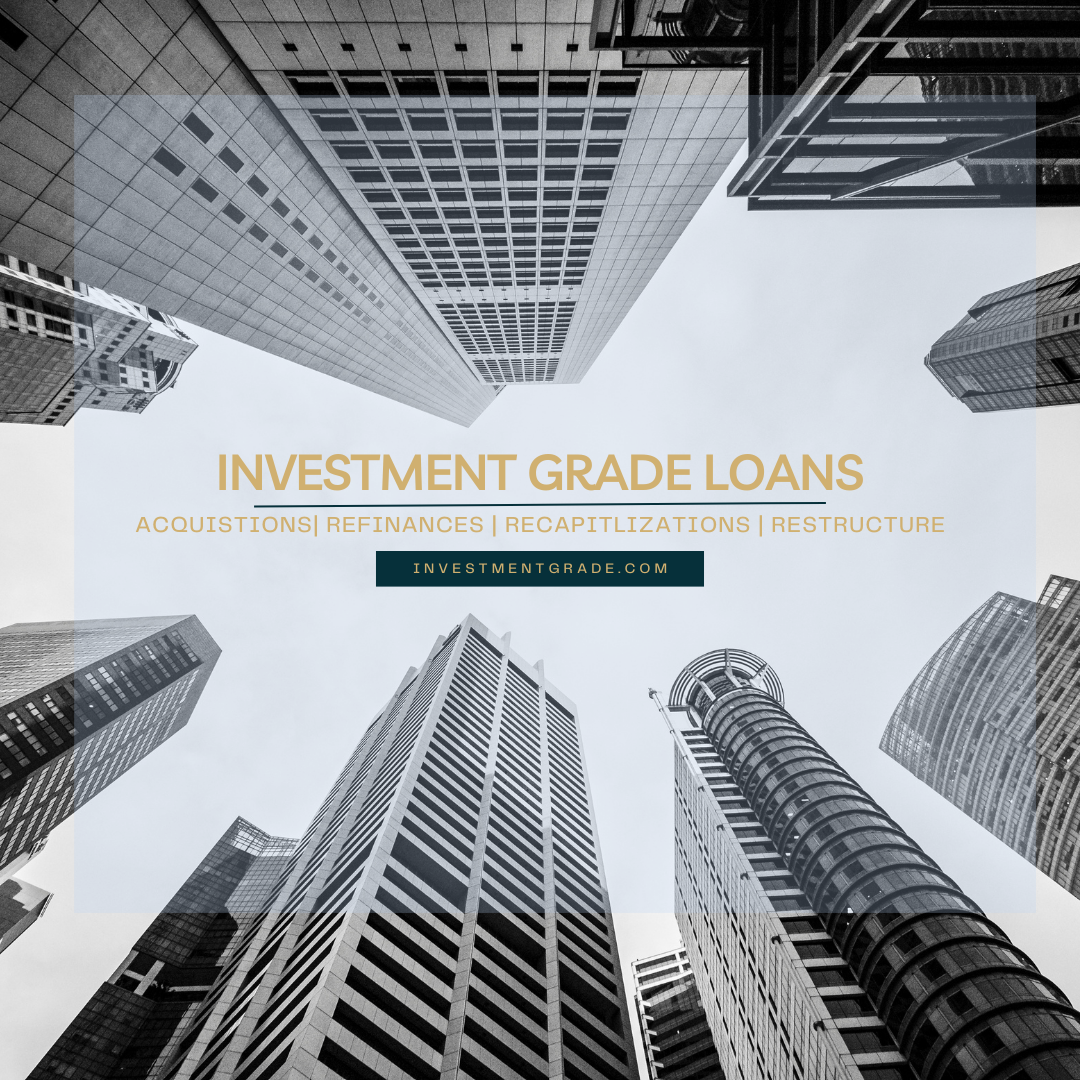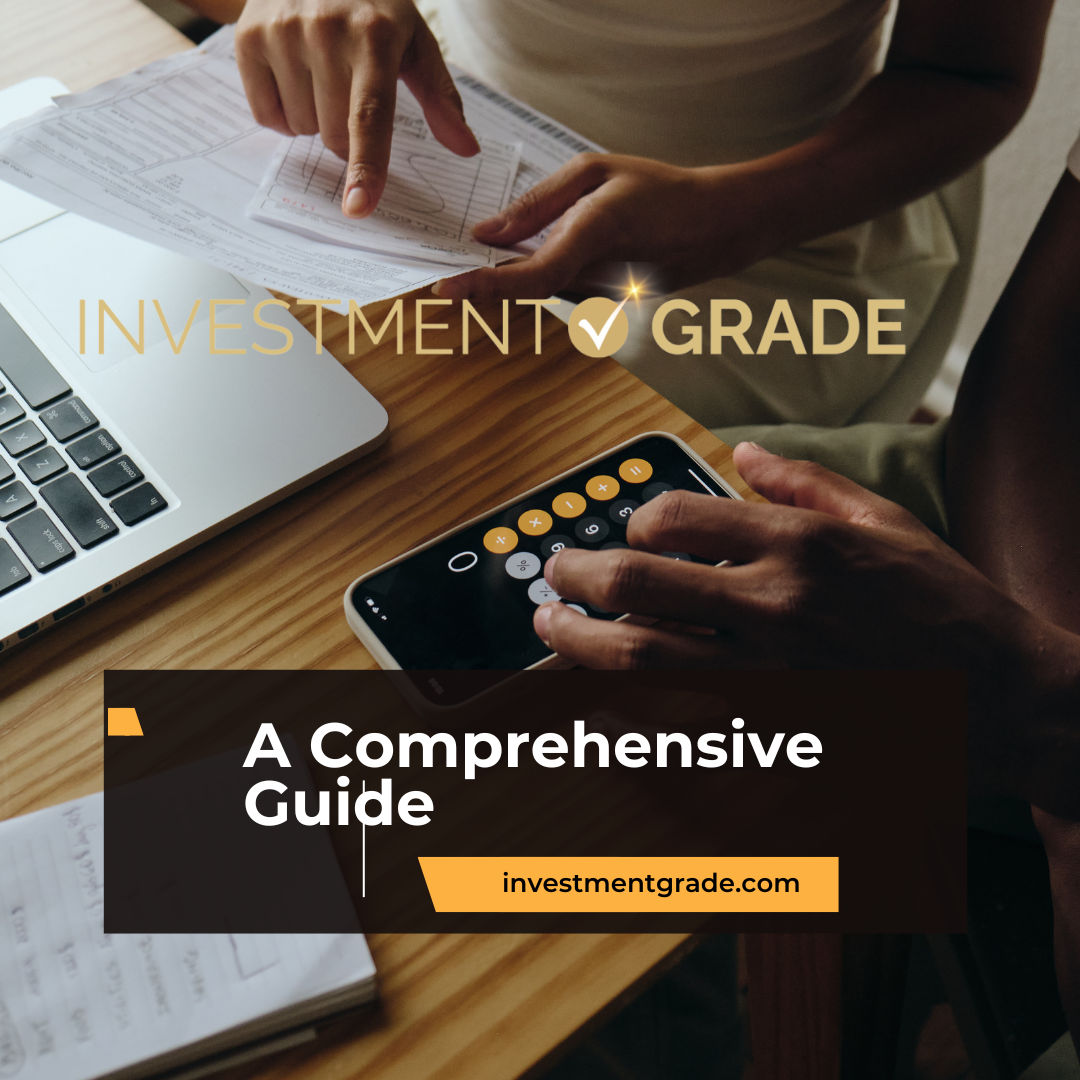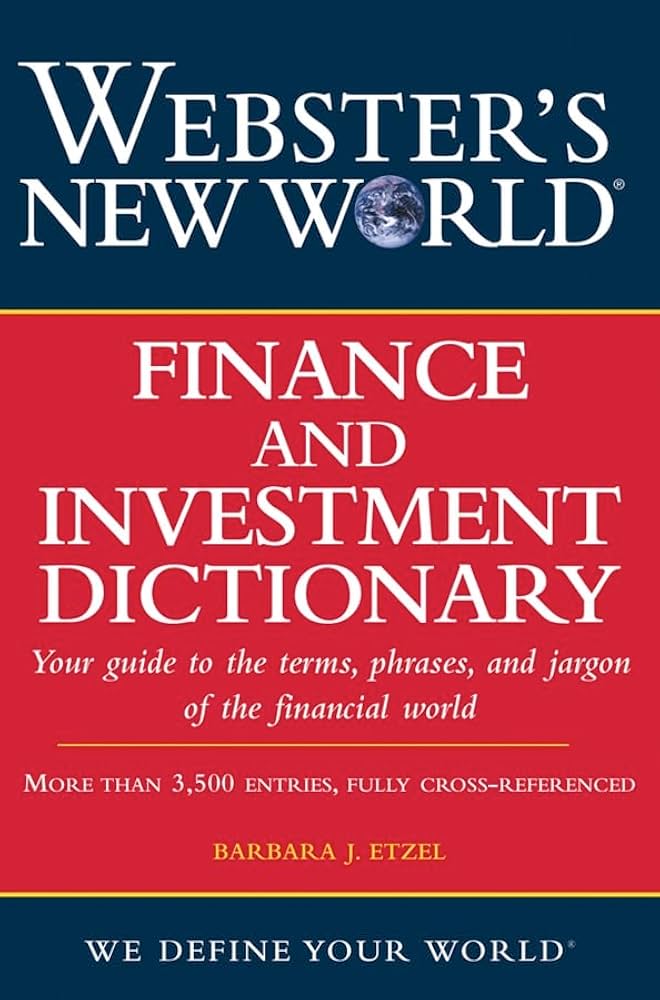Investment Grade
Debt
Debt is the backbone of countless investment strategies, offering a structured approach to financing that empowers businesses, real estate investors, and institutions to unlock growth while maintaining stability. In this category, we focus on “investment grade” debt—borrowings backed by creditworthy parties, strong collateral, and prudent financial strategies. Whether it’s funding a corporate expansion, acquiring a commercial property, or refinancing an existing asset, understanding the principles of high-quality debt is critical for investors and decision-makers aiming for long-term success.
Investment grade debt stands apart because of the underlying strength and reliability of the borrower. For corporations like Apple and Amazon, their credit ratings ensure access to favorable interest rates, which allow them to fund innovation, acquisitions, or market expansions without incurring excessive risk. Similarly, in the world of real estate, debt backed by properties leased to investment-grade tenants or secured by stable, high-performing assets reflects a lower-risk profile that attracts lenders and investors alike. This is especially evident in sectors such as multifamily housing, industrial properties, and healthcare facilities, where reliable cash flows are key to meeting repayment obligations.
Our coverage spans the full range of debt instruments and strategies that align with investment grade principles. Articles in this category explore topics like rate and term refinancing, cash-out refinancing, acquisition loans, and the evolving role of structured debt in both corporate and real estate markets. For commercial real estate investors, we highlight the benefits of accessing debt tailored to NNN properties, multifamily developments, and industrial assets, showcasing how the right loan structure can maximize leverage while keeping financial risk in check.
In addition, we dive into the metrics that determine whether debt earns an investment grade designation. From loan-to-value ratios and debt service coverage to broader credit rating assessments, we explain how these elements influence lender decisions and borrower costs. You’ll also find insights into how global macroeconomic conditions—such as interest rate fluctuations, inflation trends, and central bank policies—affect the cost and availability of debt, guiding you in timing key financial decisions.
This category also emphasizes the strategic role of debt in portfolio management. Whether you’re a real estate investor leveraging a 1031 exchange to reposition assets or a business leader seeking to optimize capital structures, understanding the nuances of investment grade debt can provide the clarity needed to make confident, informed choices. We also examine how ESG considerations are beginning to influence the debt markets, particularly for borrowers who align sustainability with profitability.
Ultimately, debt is more than a financial tool—it’s a cornerstone of any well-executed investment strategy. By adopting an investment grade approach to borrowing, you can secure more favorable terms, minimize risks, and position yourself for steady, sustainable growth. In this category, we provide the expertise, real-world examples, and actionable insights you need to harness the power of debt to achieve your goals.

-

Investment Grade Capital Markets: The Gold Standard for Stability and Growth
15th December 2025 | by the Investment Grade Team
How Institutional Capital Moves and What Investors Need to Know Defining Investment Grade Capital MarketsInvestment Grade Capital Markets refer to the global financial arena where securities, real estate, and other assets are held to rigorous creditworthiness standards. Securities within this category are rated BBB- (or Baa3) and above by major credit rating agencies such as…
-

Unlocking Value with Investment Grade Sale Leasebacks: A Strategic Guide for Business Owners
15th December 2025 | by the Investment Grade Team
The Strategic Power of Investment Grade Sale Leasebacks in Commercial Real Estate Sale-leasebacks have emerged as a sophisticated financial solution for business owners who own real estate across a wide range of asset classes. By converting real estate assets into liquid capital while retaining operational control, this strategy offers businesses in healthcare, retail, industrial, and…
-

The Opportunity with $1 Trillion in CRE Loans Coming Due
15th December 2025 | by the Investment Grade Team
The CRE Lending Opportunity: Partnering with a Dynamic Marketplace As U.S. banks face a reckoning over the next two years, more than $1 trillion in commercial real estate (CRE) loans will come due, according to calculations by The Conference Board using MSCI Real Assets data. This impending wave of loan maturities presents a unique opportunity…
Investment Grade | Investment Grade Real Estate | Investment Grade Capital | Investment Grade Ratings




